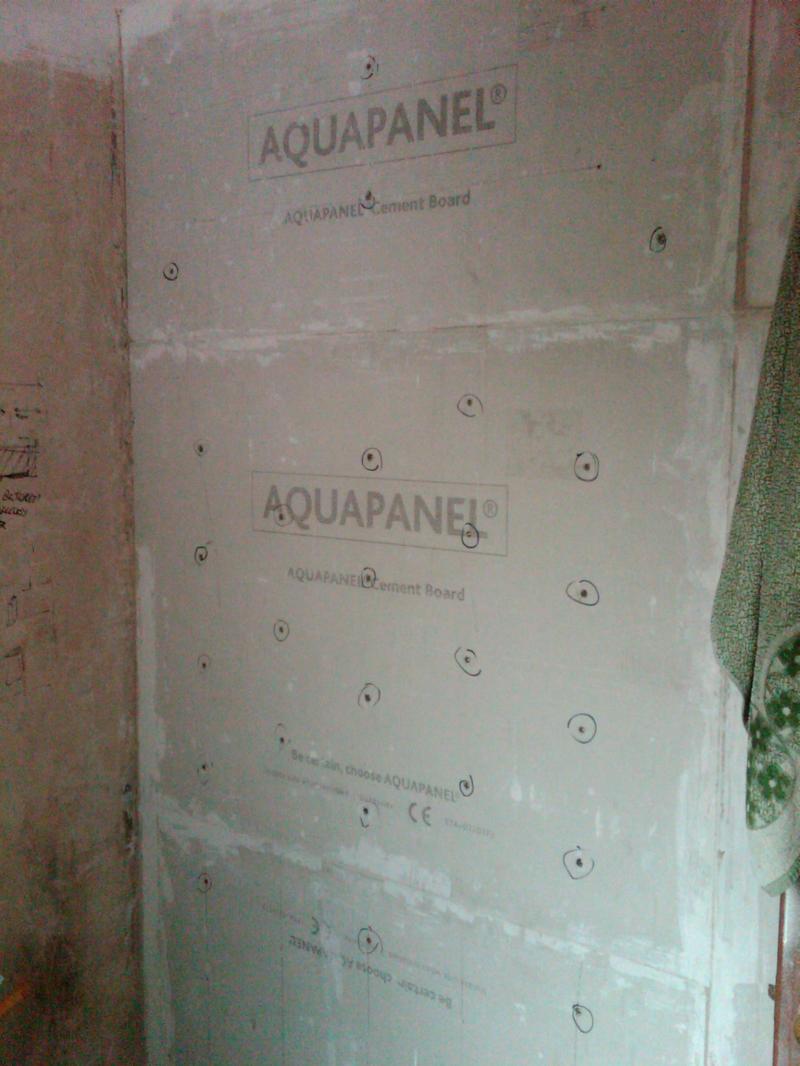http://www.bal-adhesives.co.uk/products/wp1-coating
This is the kit which includes tape & solution;
http://www.bal-adhesives.co.uk/products/waterproofing-kit
or you can use a tanking membrane.
Yep thats the stuff, thats what I mean't by sealing the board - BAL seems to be the stuff to have!!
The tiles are fairly large, I don't have a specific size to hand but they're approximately 1.5ft x 3/4ft and of a standard thickness, 6mm?
450 x 700mm aren’t tiles, they’re paving slabs

! Is that right ? You need to check the weight/sqm; unplastered plasterboard will accept up to 32kg/sqm but plastered, this reduces to 20kg/sqm including adhesive & grout. For tiles that size, I would forget plasterboard & only use a cement tile backer board. If you’ve not tiled before, such large tiles are going to be a real challenge for you to hang & look good; the largest tiles I’ve ever hung is 600mm x 300mm.[/quote]
Sorry I have misrepresented the sizes a little, I don't have the tile's to hand but on second thought, I'd say they're about 260mm x 400mm, not sure of the weight but they seem about average for a tile of that size.
The walls that don't need 'sorting' are regular plaster on top of concrete/brick and so shouldn't pose a problem, its just this single wall that backs onto the shower bath that I'm worried about.
Are you referring to Lafarge Aquaboard? If so it’s not a tile backer board, it’s a Gypsum based moisture resistant plaster board, of similar specification to British Gypsums MR plaster board; if you use either of these, it should still be tanked. Knauf Aquapanel is a cement based tile backer board but there are others.
Yep thats the stuff, LaFarge - haven't heard of Knauf but I'll check that out on the way home tonight.
Then there's the question of whether I dot/dab the chosen boarding or attach to batons - the problem being that the wall in question is only just 2inch thick and I don't want to shrink the bathroom anymore than it already is (70" x 86") - apparently concrete boards cannot be dot-dab'ed, only batoned.


